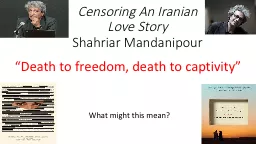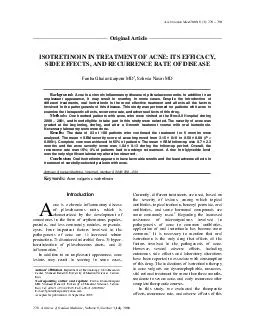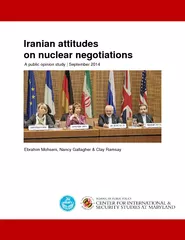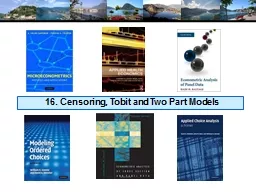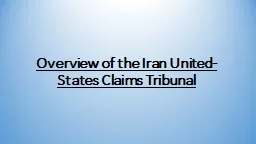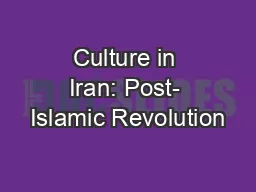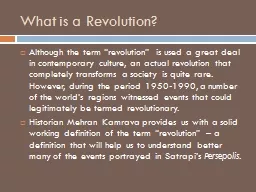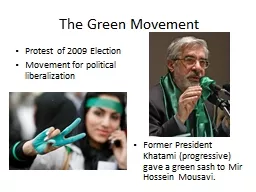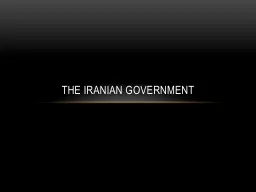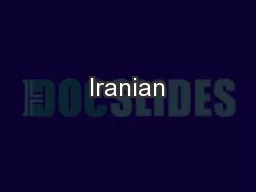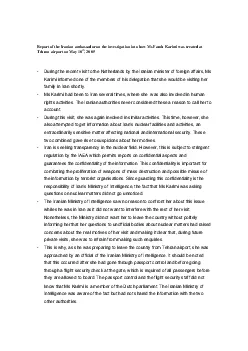PPT-Censoring An Iranian Love Story
Author : dailyno | Published Date : 2020-10-22
Shahriar Mandanipour Death to freedom death to captivity What might this mean Under Trump we are all women Soraya Chemaly The problems we face are so much more
Presentation Embed Code
Download Presentation
Download Presentation The PPT/PDF document "Censoring An Iranian Love Story" is the property of its rightful owner. Permission is granted to download and print the materials on this website for personal, non-commercial use only, and to display it on your personal computer provided you do not modify the materials and that you retain all copyright notices contained in the materials. By downloading content from our website, you accept the terms of this agreement.
Censoring An Iranian Love Story: Transcript
Download Rules Of Document
"Censoring An Iranian Love Story"The content belongs to its owner. You may download and print it for personal use, without modification, and keep all copyright notices. By downloading, you agree to these terms.
Related Documents

